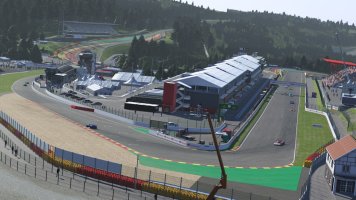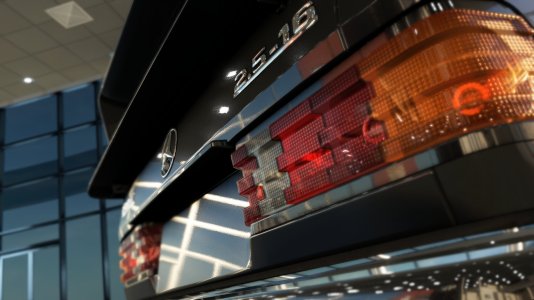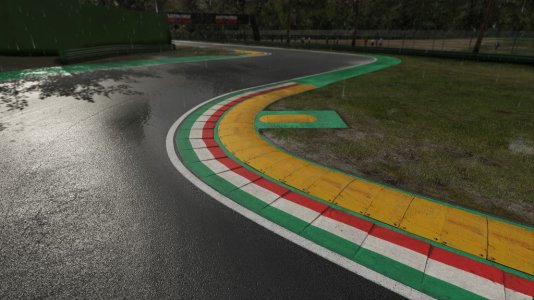I've been building a case for the SFX-100 servo drivers which aims to make them near silent.
For refernce as to why: https://www.racedepartment.com/threads/simfeedback-ac-diy-motion-simulator-10khz-research.175829/
Thought I'd share some pics of the build so far. This will be publicly available via OnShape (or I can post a bunch of STL's). It's a mix of 3D printed parts, carbon fibre and some custom panels which I got done (will get done!) locally.
First, the final CAD idea:


The idea is to build a case that:

The case is built primarily out of pla. Some parts might be better done in PETG (clamps over carbon fibre scaffold, for example) so that they can flex a bit more. The idea is there.
The design allows for the wrapping of accoustic material around the carbon frame all the way up. Lower and upper accoustic barriers are hangled by way of "fabric retainers", basically platforms that hold fabric. IT's hard to spot these in the drawing above.
Anyway; there's room for about 40mm of p.fibre around all AASD drivers, and that includes space for venting.
The lower base holds a 120mm fan directed intowards the case for +ve pressure. The fabric surround the drivers acts as a guide for this air, taking it past the heat fins of the AASD units. The extractor at the top is a 140mm fan.
I'm currently building/printing the unit. I'll post some more pics as I go!!!
For refernce as to why: https://www.racedepartment.com/threads/simfeedback-ac-diy-motion-simulator-10khz-research.175829/
Thought I'd share some pics of the build so far. This will be publicly available via OnShape (or I can post a bunch of STL's). It's a mix of 3D printed parts, carbon fibre and some custom panels which I got done (will get done!) locally.
First, the final CAD idea:
The idea is to build a case that:
- Takes 240v direct
- Is switched, itself
- Remove 240v 30a relay.
- Has a remote, so I can leave it switched on, and press a remote from my seat to turn it on.
- Includes a FN2070 16a EMI filter
- 240-12v supply for the fans
- Includes mounting for the Arduino
- Includes 40mm polyester fibre accoustic insulation (I'm affected by the 10khz tone these things emit)
- Has sufficient airflow given (6)... that I'm covering everything up
- Stands against a wall and can be tied to that wall (I live in NZ, Earthquakes).
- Doesn't take up much floor footprint. My office is cluttered enough as it is.
The case is built primarily out of pla. Some parts might be better done in PETG (clamps over carbon fibre scaffold, for example) so that they can flex a bit more. The idea is there.
The design allows for the wrapping of accoustic material around the carbon frame all the way up. Lower and upper accoustic barriers are hangled by way of "fabric retainers", basically platforms that hold fabric. IT's hard to spot these in the drawing above.
Anyway; there's room for about 40mm of p.fibre around all AASD drivers, and that includes space for venting.
The lower base holds a 120mm fan directed intowards the case for +ve pressure. The fabric surround the drivers acts as a guide for this air, taking it past the heat fins of the AASD units. The extractor at the top is a 140mm fan.
I'm currently building/printing the unit. I'll post some more pics as I go!!!
Last edited:
















